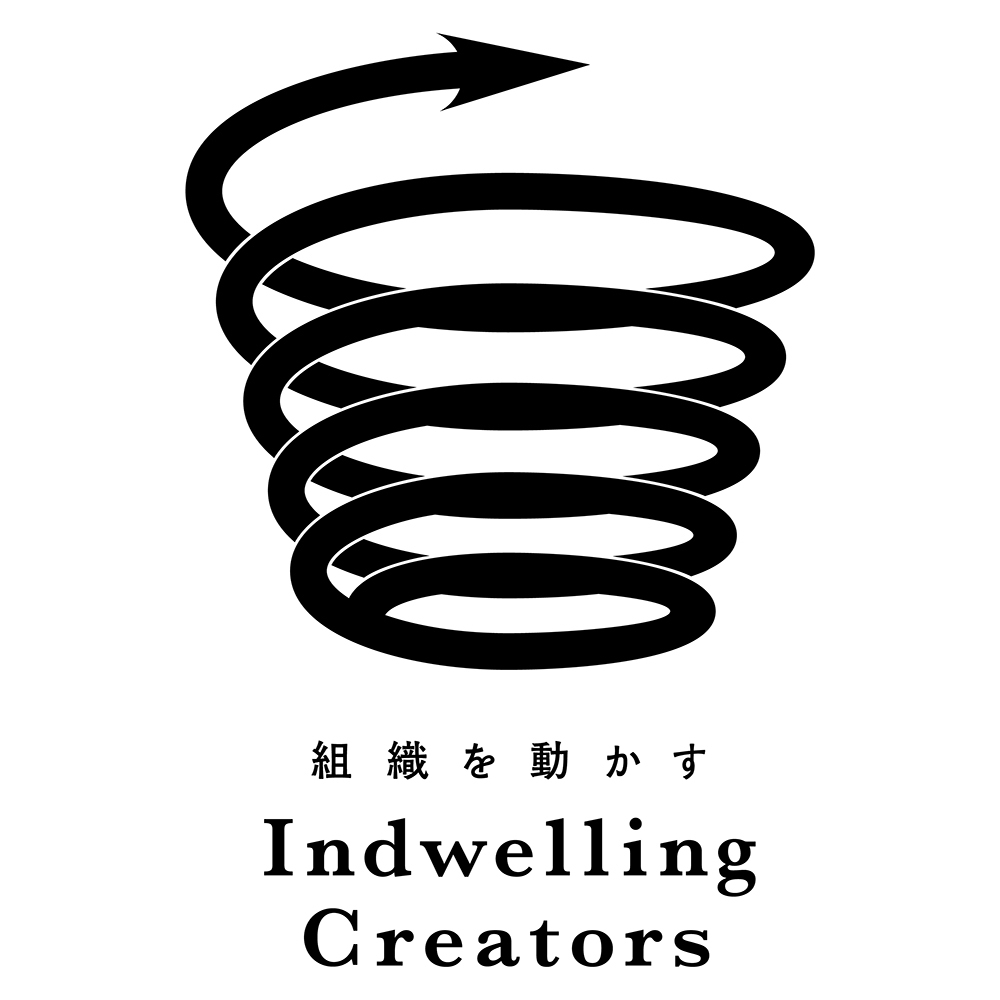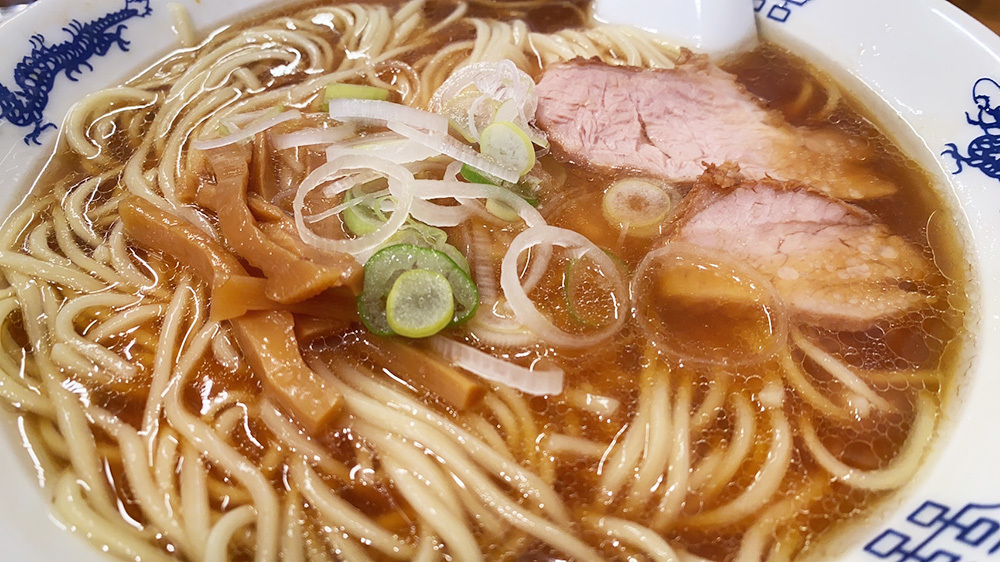Over the past few installments, we've explained Dentsu Inc.'s "Indwelling Creators" service, where creators reside at client sites to creatively drive organizational innovation. We've received feedback like, "...We get the abstract concept, but tell us something more concrete." So today, let's share one specific case study.
[For inquiries about "Indwelling Creators," please contact us here]
opeq78@dentsu.co.jp Contact: Yamada
This involves the work of Dentsu Inc. Art Director Aya Yagi for the cosmetics brand "FUJIMI." While some may already be familiar with this through an article in Web Dentsu News, we'll now reorganize the content from the Indwelling Creators perspective.
As mentioned previously, Indwelling Creators stimulates "creative dialogue" within organizations by activating "three switches": "top management's ability to question," "frontline staff's ability to create," and "middle management's ability to choose." While any switch can be the starting point for an actual project, in the case of FUJIMI, the "ability to choose" became the pivotal point for mobilizing the organization.
FUJIMI is a brand of the startup "Torico," founded in 2018. It has grown steadily, joining the POLA ORBIS HOLDINGS group in 2021. However, internally, most decision-making was concentrated solely on President Kana Hanabusa. She was directing and deciding everything from packaging and banner ad designs to new product lineups, down to the smallest details.
Recognizing the problem—"At this rate, the organization can't keep up with the growth speed" and "We need 'inner branding' where every team member understands the brand and can make their own judgments"—Ayaka Yagi was approached.
Ms. Yagi immersed herself in FUJIMI as one of the team members, engaging in thorough discussions with management while implementing various initiatives. Central to this effort was selecting and solidifying the "concept" of being a "comprehensive brand for personalized beauty care." This defined a direction that had previously been only vaguely indicated, and at that point, it represented a position that no one, including competitors, had yet captured. By clearly articulating this concept, it functioned as a "searchlight," illuminating what FUJIMI should do—something distinct from ordinary cosmetics companies.
For example, in FUJIMI's product development, they had been focusing on expanding flavors like strawberry and double cacao to generate buzz around their flagship protein products. However, after establishing the concept of becoming a "comprehensive brand for personalized beauty care," opinions began emerging suggesting they should increase products in other categories like skincare and mental care.
Furthermore, during a skincare product development meeting Ms. Yagi attended, a proposal emerged from the team: "Even with personalization, skin conditions change with the seasons. So we want to create seasonal products." This active input from the front lines was proof that "creative dialogue" had truly begun.
In fact, top management gave the green light to this proposal. At first glance, this might seem like the field team simply responding correctly to the "concept" directive, but that's not the case. When top management approved seasonal products, it signaled a decision: for FUJIMI, "personalization (people)" shouldn't only consider what's determined by DNA and innate traits, but also embrace the "ever-changing" aspects influenced by seasons, lifestyle habits, stress, and more.
This, in turn, led back to the question for the front-line and middle management: "What factors influence a person's condition?" By repeatedly cycling through creating and selecting such questions, the FUJIMI brand team reportedly grew into a "self-thinking organization."
Observing this project from the sidelines, I personally identified two outstanding points.
The first was President Hanabusa's orientation. Typically, what's demanded of an advertising agency is a "correct package" that delivers results simply by being implemented. For instance, to produce strategic plans, banner ads, PR proposals, etc., the agency would deploy numerous staff across various functions and deliver the output. However, President Hanabusa believed this approach wouldn't foster organizational growth. Instead, he sought to activate the organization by having a single creative professional act as a catalyst. This diverges significantly from the "standard way of utilizing an advertising agency," and his insight is truly impressive.
Another key point is the design prowess of Mr. Yagi, the art director. Aiming for a "comprehensive personalized beauty care brand" that didn't yet exist in the world must have been extremely challenging for those involved, often leaving them lost. Sharing the image of the "final destination" – the brand's worldview and packaging – during such times must have greatly encouraged the team members.
This approach doesn't rely on deriving "correct instructions" from frameworks to drive the organization. Instead, it's a spiral that trusts and stimulates the creativity of each individual member.
With the FUJIMI project now in motion, the role of Yagi-san, an Indwelling Creator, is far from over. As a professional straddling both inside and outside the organization, his responsibility as a Mover & Shaker to continuously foster the cycle of questioning, creating, and choosing—the "creative dialogue"—will only grow heavier.
Keep your eyes on FUJIMI.
Now then.
A ramen shop in Ginza where a senior colleague from Dentsu Inc. took me during my new employee training. For 30 years since then, I've been a regular, especially the day after a hangover. With remote work, my visits have become less frequent lately, but just the other day, the young boss saw my face and immediately said, "Chuka soba, extra large portion, firm noodles, right?"
I was delighted by the personalized menu tailored to my preferences and enjoyed it even more than usual.
Please, enjoy!











